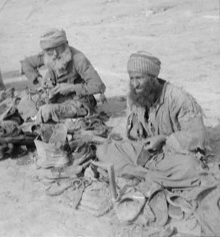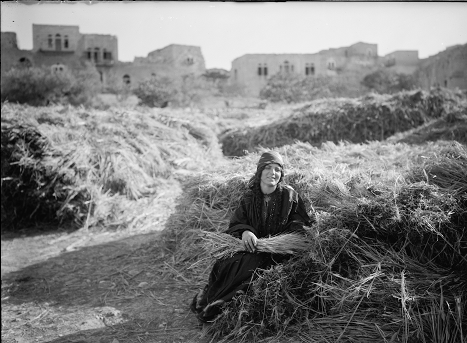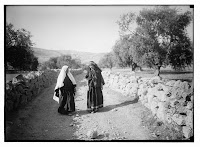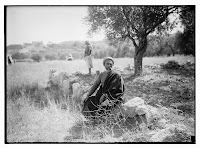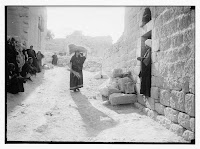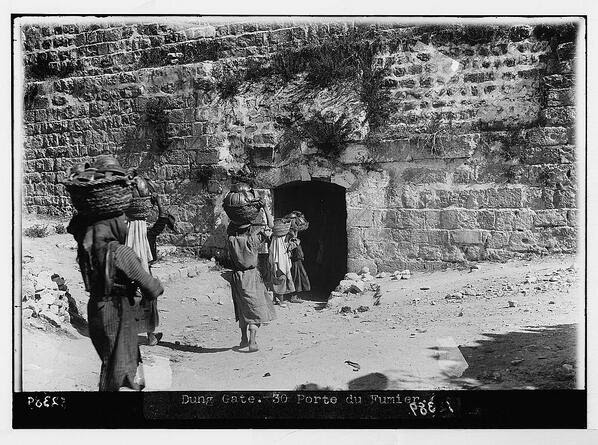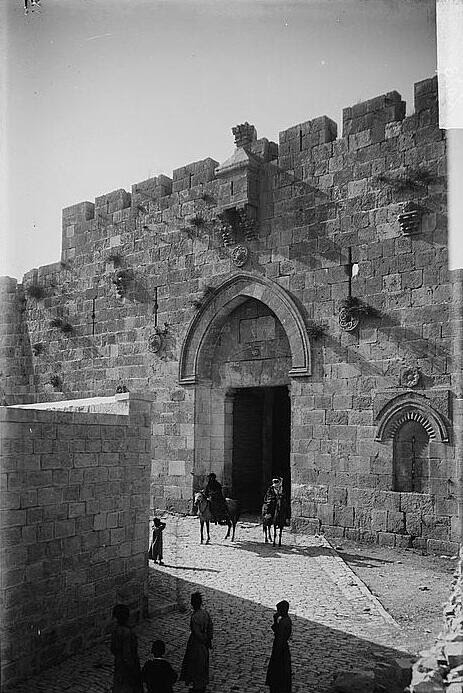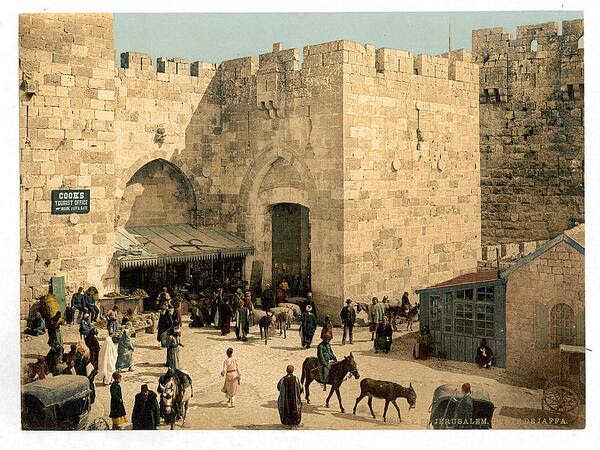 |
| Gaza City in World War I, 1917 (Library of Congress). What caused such destruction? |
In the early 1900s, the British Empire relied on the Suez Canal to maintain communications and trade with India, Australia and New Zealand. And that was precisely why Germany encouraged Turkey to challenge British rule over Egypt and British control of the Suez Canal.In early 1915, the Turkish army in Palestine crossed the Sinai and attacked British troops along the Suez.The British army beat back the attacks, took the war north into Sinai and pushed the Turkish army back to a defense line stretching from Gaza, located on the Mediterranean, to Be'er Sheva, some 40 miles inland.
In March and April 1917 the British army attempted to push through Gaza and up the Mediterranean coast in battles that involved as many as 60,000 soldiers, British and French ships firing on Gaza from the Mediterranean, the use of poison gas, and the deployment of newly developed British tanks. The British suffered a disastrous defeat.
 |
British trenches in Gaza. After the defeat, the
British army switched to more mobile tactics.
|
The British campaign for Jerusalem would be stalled for six months. It would be led by a new commander, a large number of reinforcements, and a new strategy that took the war in a new direction, east toward Be'er Sheva.
Footnote: History records Jews living in Gaza for thousands of years. [View the mosaic depicting King David from a 6th century synagogue in Gaza.]
Ottoman tax records showed dozens of Jewish families in Gaza in the Middle Ages. One of the most famous Gazan Jews was Rabbi Israel Ben Moses Najara (16th Century) who composed prayers and Sabbath
zmirot (songs) popular to this day. He was buried in Gaza.
Jewish families fled Gaza in the 1929 pogroms. Population records still showed Jews living in Gaza until 1945.
Kfar Darom, named for a community mentioned in the Talmud, was a Jewish kibbutz established in the Gaza Strip in 1930 that was abandoned in the 1948 war. Kfar Darom was reestablished in 1970 but evacuated by Israel in the 2005 "dis




















